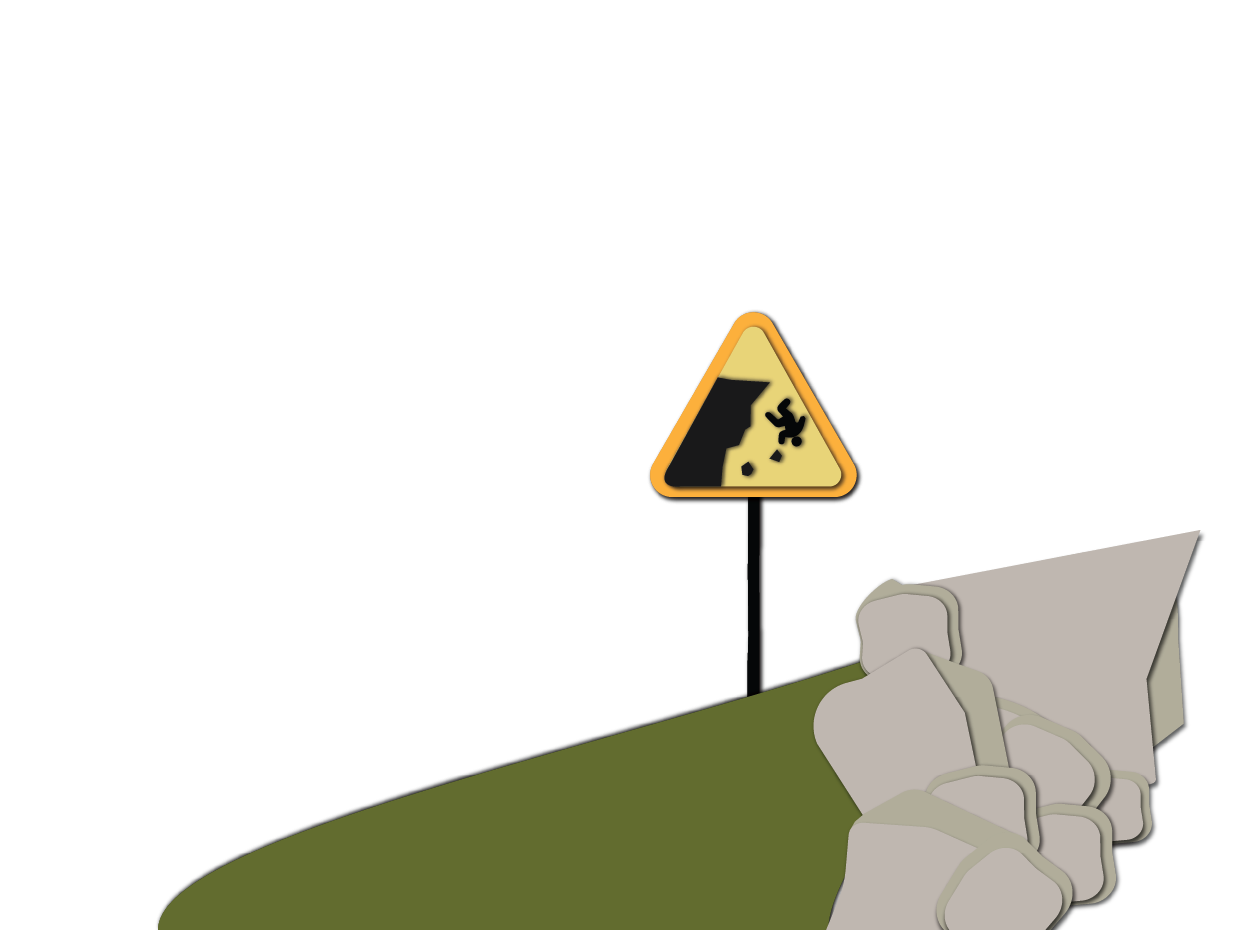Is your inbox suddenly being flooded with what seems to be a never-ending number of junk emails? It’s certainly a frustrating experience, but it may also be a tell-tale sign that you’re a victim of an email bomb and may have suffered financial harm. Learn more.
On this page you’ll find
What is an email spam attack?
An email spam attack or email bomb is a distraction technique used by cyber fraudsters to bury legitimate transaction and security messages in your inbox with hundreds or even thousands of duplicate junk emails. You may receive newsletter signups, online forum messages and other emails from websites you’ve never visited. The fraudster hopes that by overloading your inbox, you’ll miss important emails like account sign-in attempts, updates to contact information, financial transaction details or online order confirmations. These activities may not have originated from you but rather, the fraudster.
If you are a victim of an email bomb, it could mean that a fraudster has compromised one or more of your financial accounts.
4 steps to take if you are email bombed
1. Review your account information
It may take some time but review your accounts for suspicious transactions. You may need to check bank, credit card, investment, loyalty program and other account statements. Some websites, like e-commerce platforms, will allow transactions to be archived. So, it’s important to check recent and archived transactions, or review all transactions after sorting by date.
2. Contact your financial institution
If you find suspicious transactions, report them immediately to your financial institution. You should also let them know what happened as they may be able to identify any additional suspicious activities.
3. Change your passwords
The fraudster may have accessed one or more of your accounts. Change your passwords and review your account settings, including any recovery contact information such as phone numbers.
Set better passwords using a combination of letters, characters and numbers. Regularly update your passwords, but do not reuse them.
4. Contact your email provider
Most email bomb attacks subside after a day or two. Your system administrator or email provider might be able to help you sort and delete the hundreds or thousands of junk emails you’ve received. You can also use email filters to clean out your inbox.
Summary
Spam emails can be a distraction technique used by fraudsters. Take these 4 steps if you are email bombed:
- Review your account information.
- Contact your financial institution and report any suspicious activity.
- Change your passwords and log out of all devices.
- Contact your email provider or system administrator to help sort and delete the junk emails.
